Digital requirements clear for modernisation within ASEAN
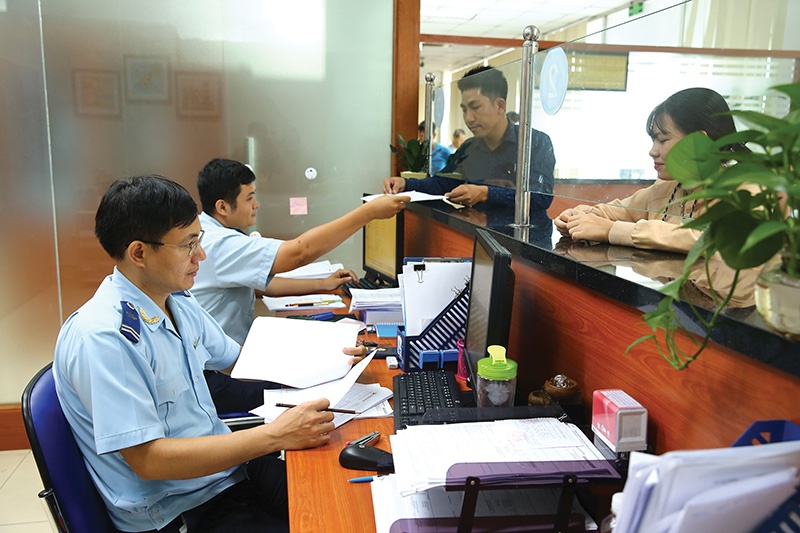 |
| Analogue administrative processes will soon be a thing of the past, photo: Le Toan |
At the 38th ASEAN Summit held via videoconference on 26 October, leaders for the first time adopted a statement on advancing digital transformation in the region.
“ASEAN should transform itself into a leading digital community to harness the tremendous potential of digitalisation which brings many benefits, including contributing to the increase of business opportunities, enhancing the variety and quality of goods and services, boosting productivity and efficiency, and improving diversification and competitiveness across segments of the economy,” read the statement.
All member states also vowed to strengthen regional digital integration and transformation by commencing negotiations for an ASEAN Digital Economy Framework Agreement by 2025 under the coordination of the ASEAN Economic Community Council, for a coherent, harmonised, and rules-based approach to progress cooperation in the digital ecosystem.
“The bloc needs to consider taking advantage of new factors such as digital transformation, digital economy, the circular economy, green technology, renewable energy, and high-quality human resources to participate more deeply in regional and global supply chains and improve the attractiveness of the ASEAN market,” stated Prime Minister Pham Minh Chinh. “Vietnam is also accelerating the digitalisation of the economy in favour of individuals and businesses, and to facilitate intra-bloc e-trade activities.”
For example, Vietnam’s government is ordering the improvement of the operation of the Vietnam National Single Window (VNSW), which facilitates enterprises to conduct all procedures online, and which is connected with the ASEAN Single Window (ASW).
All ministries and agencies have recently been urged by Deputy Prime Minister Pham Binh Minh to deploy more digital technologies in the VNSW. Especially, the Ministry of Finance and the General Department of Vietnam Customs have been required to further their administrative reforms to reduce procedures, time, and costs for businesses when they conduct export-import procedures with partners in regional nations.
DPM Minh assigned the Ministry of Public Security to connect its specialised system with the VNSW to make it easier for people and enterprises to access information about flights, making it more favourable for businesses to perform export and import activities.
“Vietnam is also cooperating with regional nations to boost the connectivity of e-trade via the application of high technologies, with e-customs procedures considered one of the prime priorities,” DPM Minh said. “This is also a big priority for the Master Plan on ASEAN Connectivity 2025.”
The plan is also aimed to enhance data management, facilitate harmonisation of data regulations among ASEAN member states, and promote intra-ASEAN flows of data. Currently, the VNSW is integrated with nearly 230 administrative procedures of 13 ministries and agencies. The procedures are now of benefit for over 3.5 million dossiers of over 45,000 foreign and domestic enterprises.
At present, the VNSW is connected with the peers of nine nations in ASEAN in order to exchange many procedures, including information about the certificate of origin (C/O) of imported products under the electronic D form. As of July 15, the total number of C/O that Vietnam received from ASEAN members was over 383,000, and the total number of C/O that Vietnam sent to other countries was nearly 980,000.
In 2015, Vietnam became the fifth ASEAN member state to join the ASW live operation. The implementation of the ASW not only promotes the harmonisation of standards and conformance procedures, including enhancing intra-ASEAN preferential rules of origin procedures, but also facilitates coordination and partnership among customs administrations, the integration and transparency of customs procedures, and the sharing of customs intelligence for improved and modernised risk management.
The ASW connects and integrates the national single windows of ASEAN member states to exchange electronic trade-related documents. The system enables a single submission of data, single synchronous processing of information, and a single decision-making process for customs release and clearance among regional nations and participating countries.
According to Vietnam’s Ministry of Industry and Trade, Southeast Asia is now Vietnam’s fourth-largest export market, after the US, the EU, and China. Vietnam’s export turnover to the region surged from under $1 billion in 1995 to $18.23 billion in 2015. The figure ascended to $25.3 billion in 2019 and $23.1 billion last year. In the first 10 months of 2021, it hit $23 billion, up 21.3 per cent on-year.
What the stars mean:
★ Poor ★ ★ Promising ★★★ Good ★★★★ Very good ★★★★★ Exceptional
Related Contents
Latest News
More News
- Experts give insight into Vietnam's retail sector (April 16, 2024 | 09:00)
- Amendments to gold regulations on agenda (April 12, 2024 | 16:10)
- PV Power secures $300 million loan to fund LNG plants (April 10, 2024 | 17:06)
- Wartsila CEO explores outlook of Vietnam's energy transition (April 10, 2024 | 15:22)
- Driving dual transformation (April 09, 2024 | 17:05)
- Development highlights in Q1 through expert’s lenses (April 08, 2024 | 16:48)
- Vietnam logs 17.1 million business cyberthreats in 2023 (April 08, 2024 | 16:34)
- Vietnam now China's top ASEAN trading partner (April 08, 2024 | 16:26)
- Vietnamese businesses grapple with surging exchange rates (April 08, 2024 | 09:59)
- PM outlines 10 socioeconomic achievements in first quarter (April 04, 2024 | 08:00)



 Tag:
Tag:


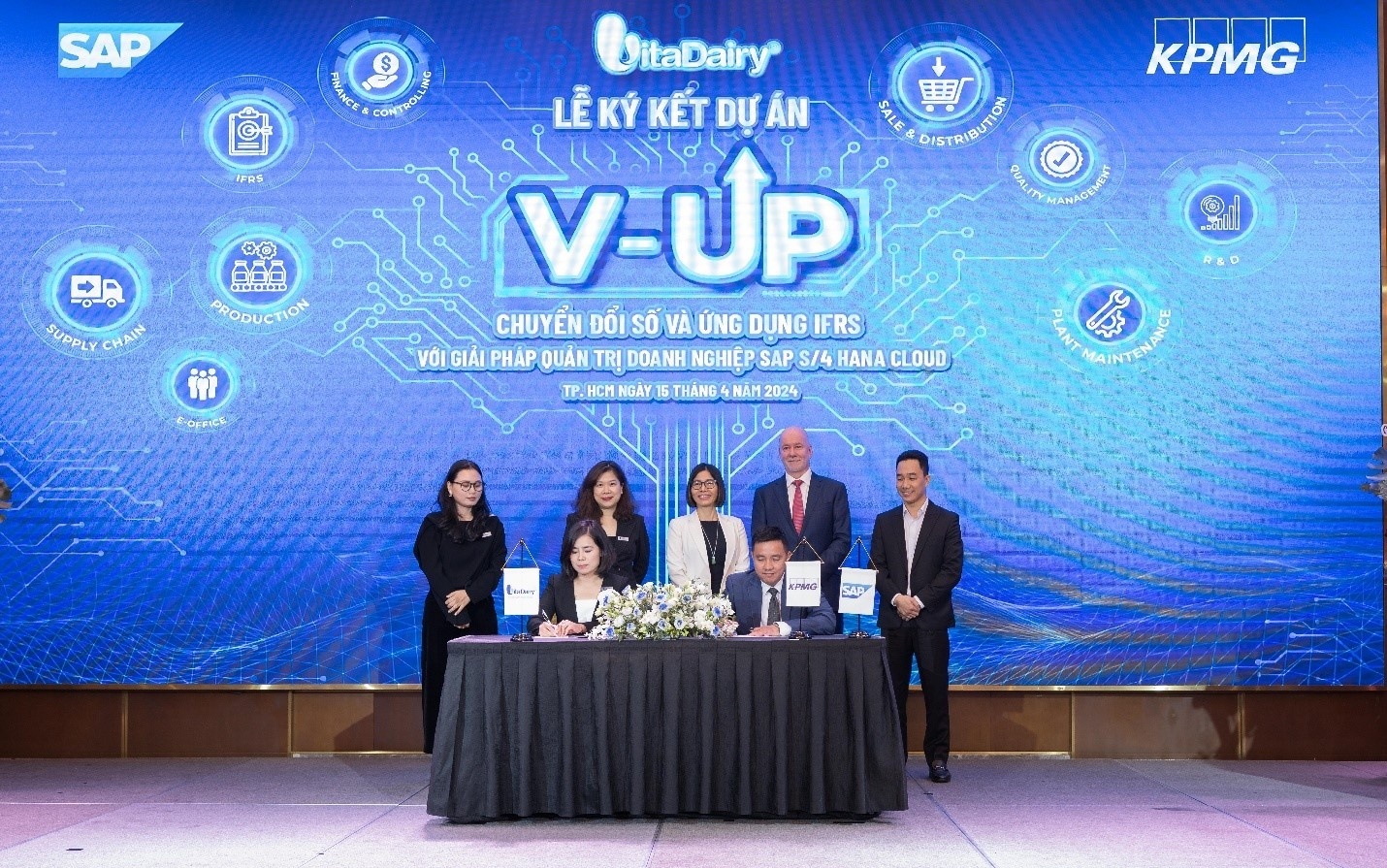
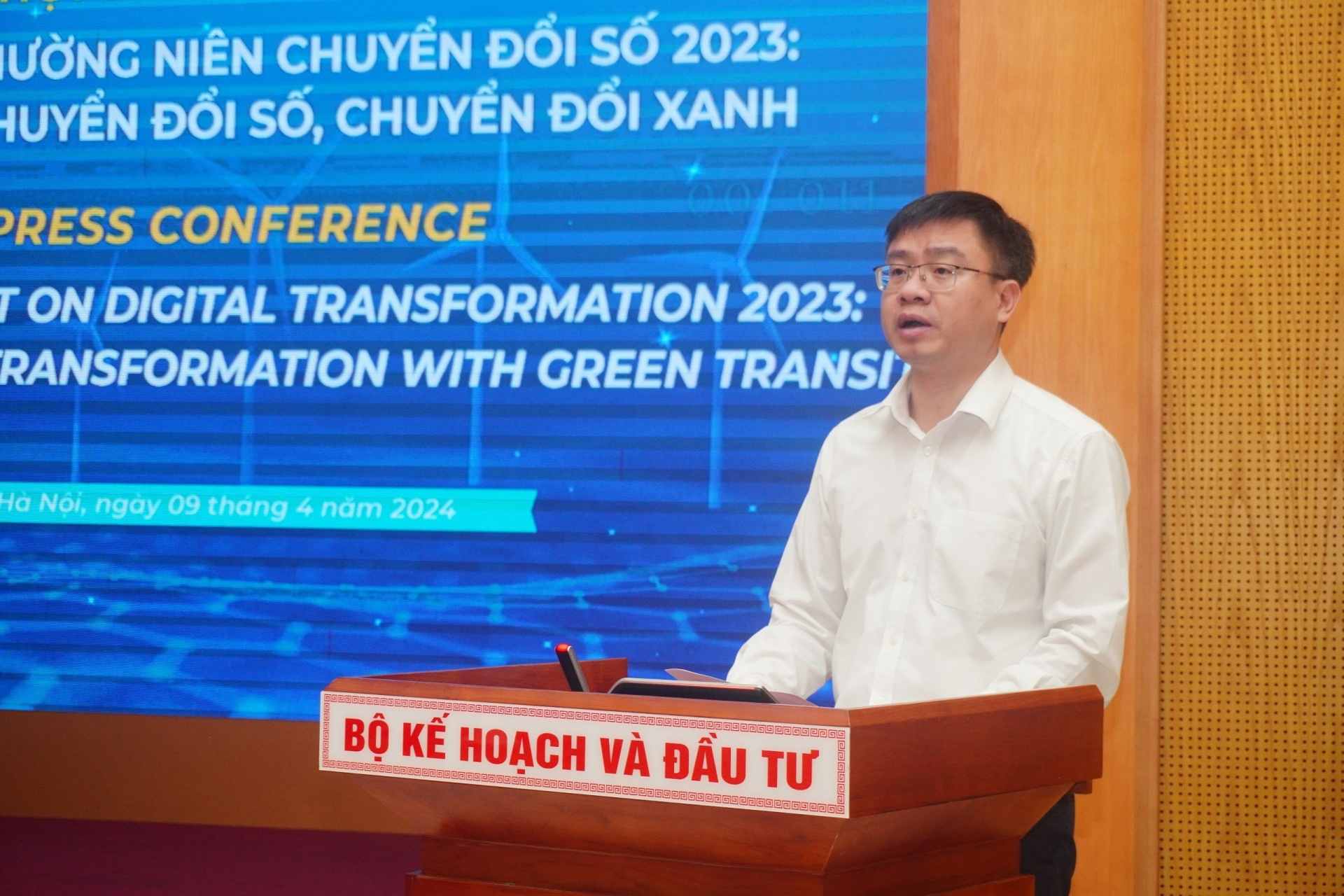

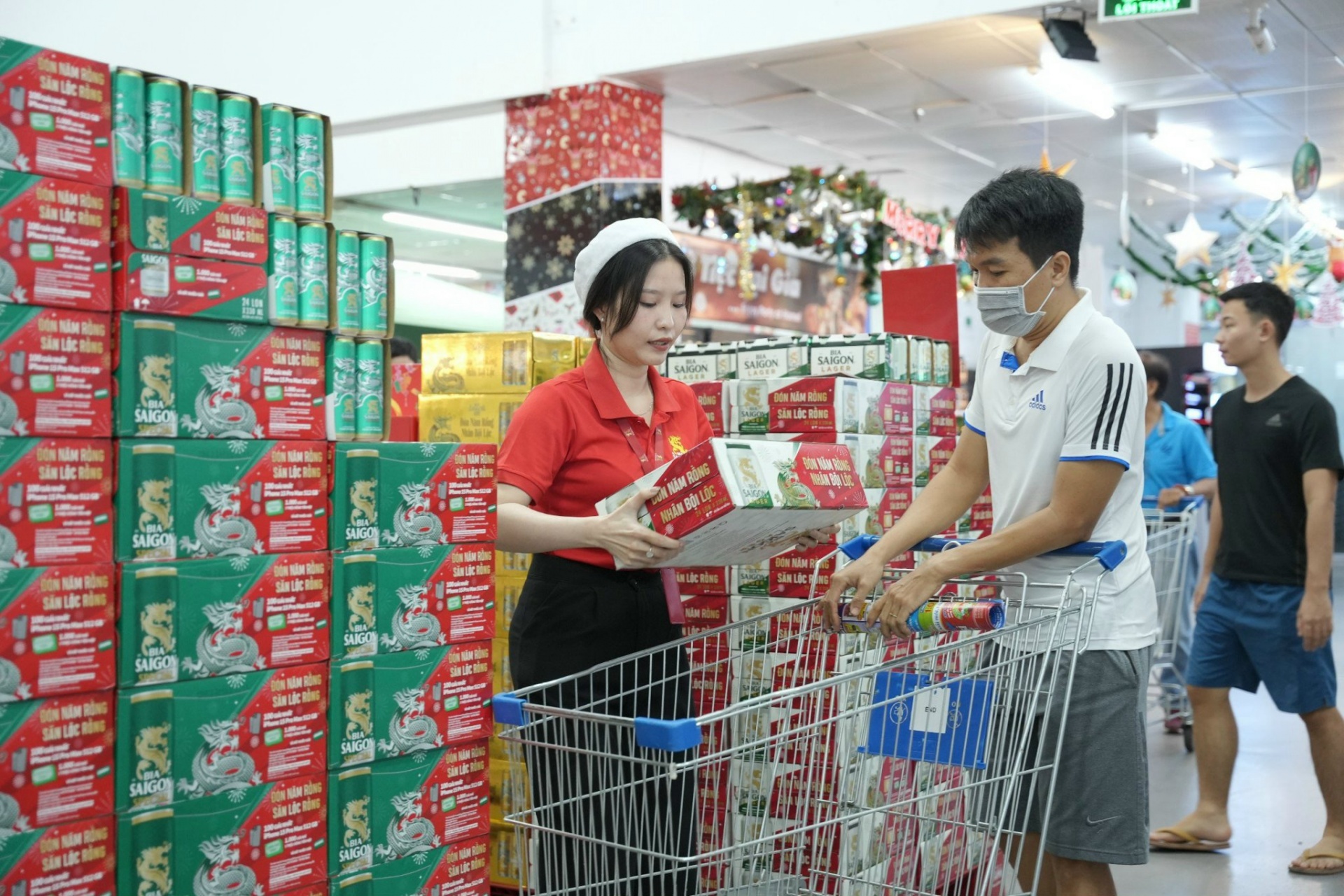

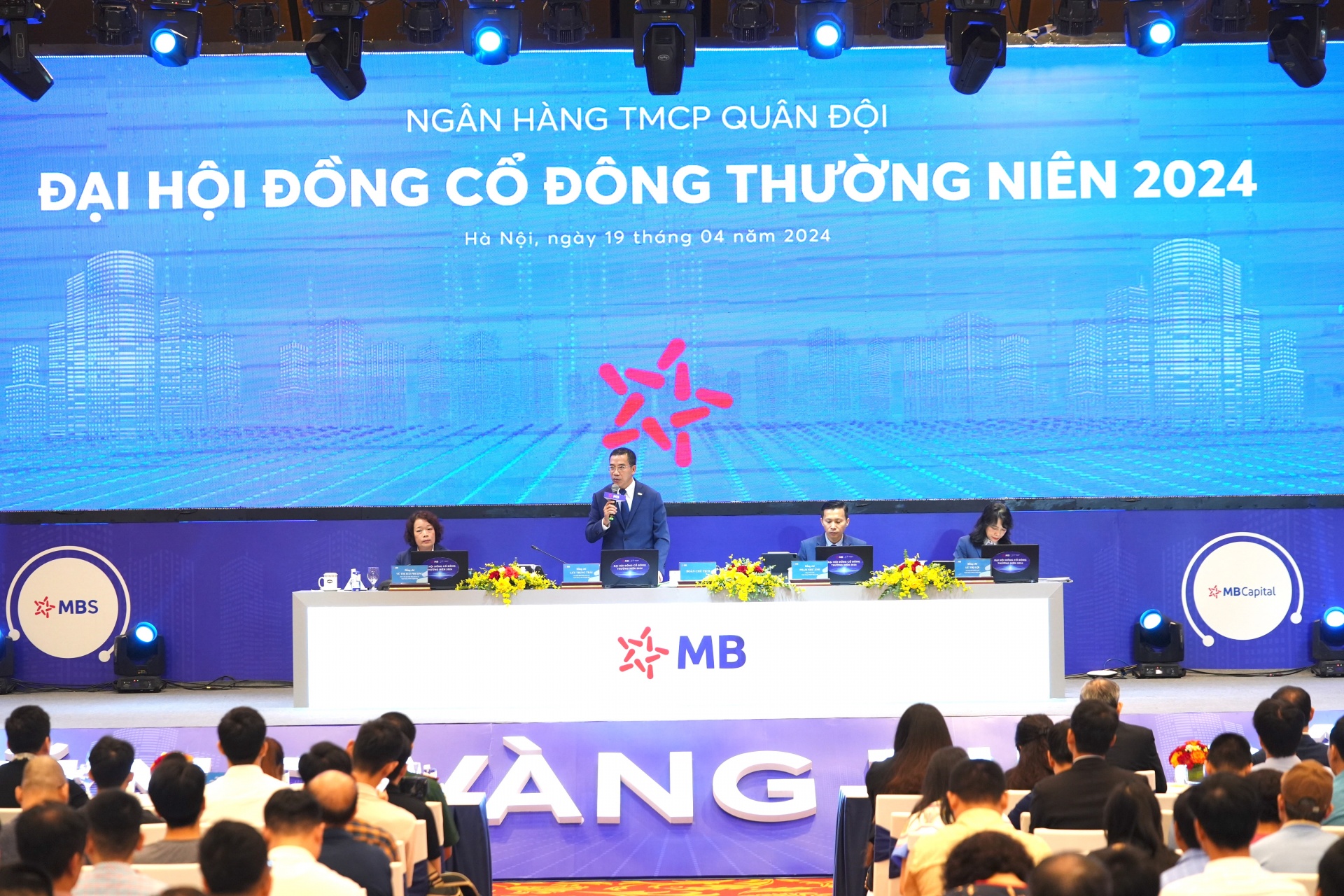





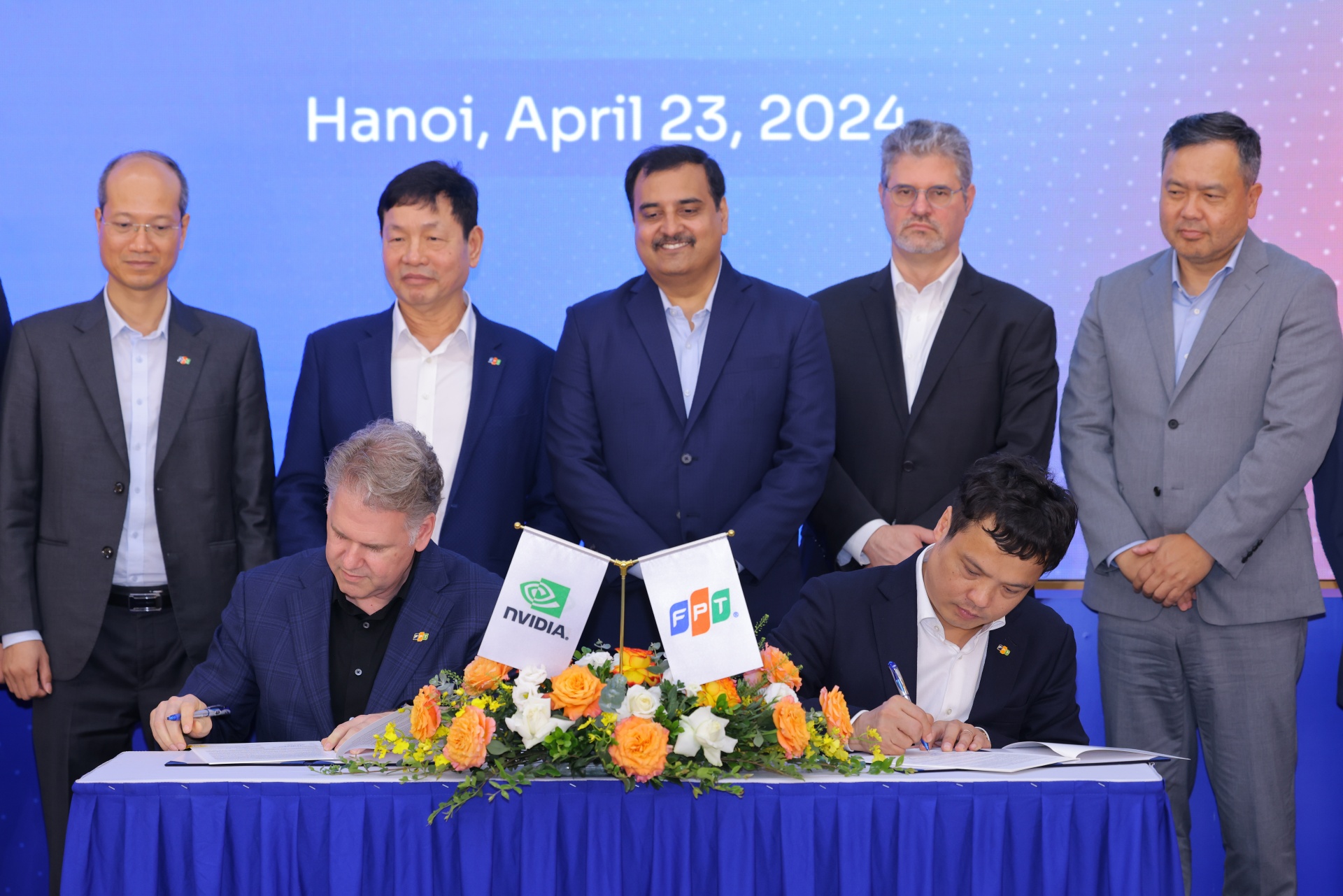
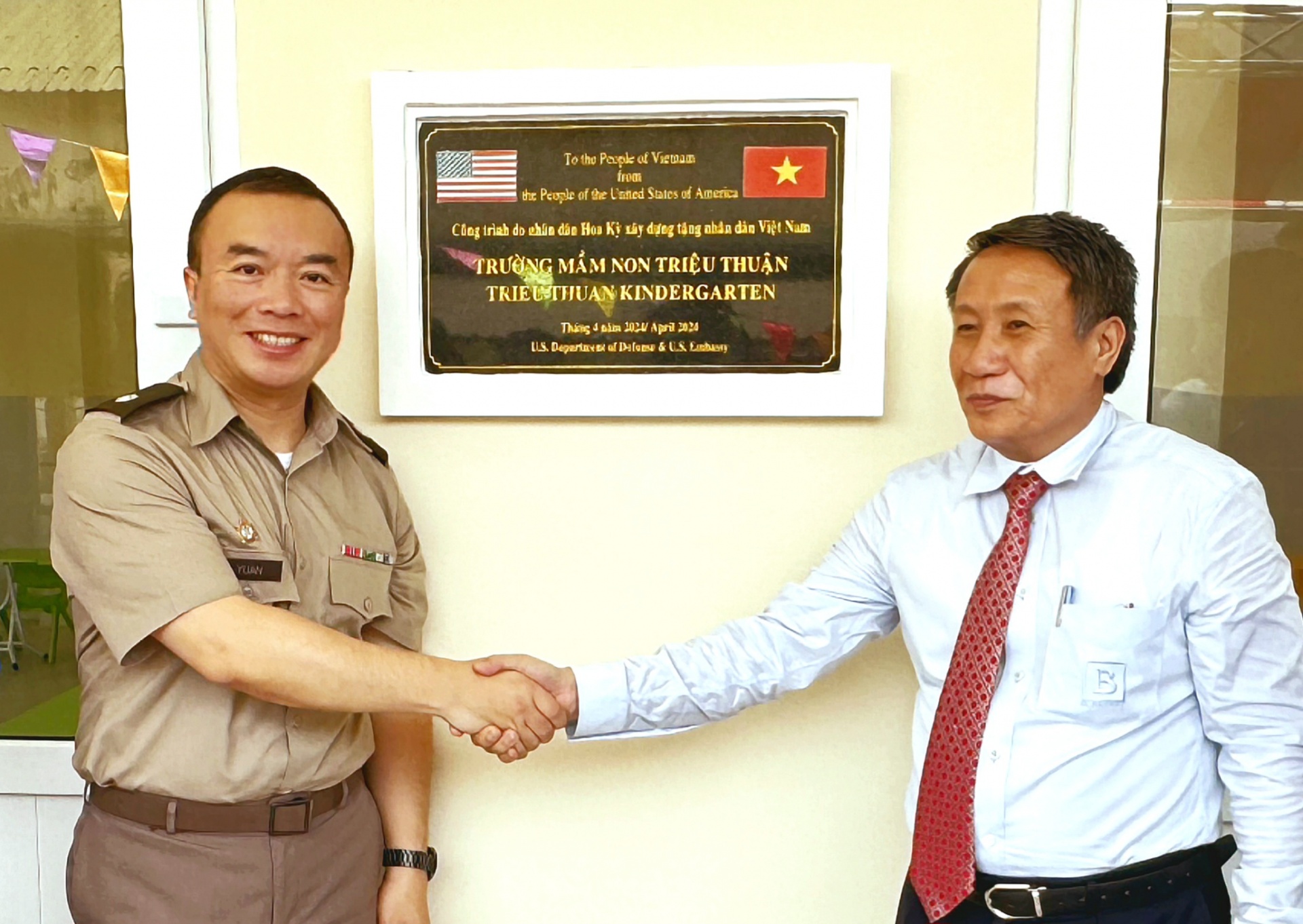
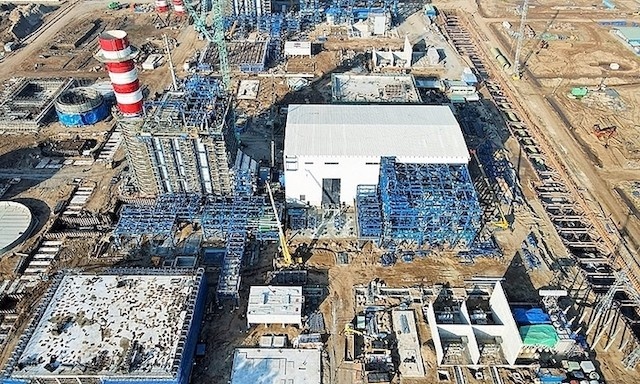



 Mobile Version
Mobile Version